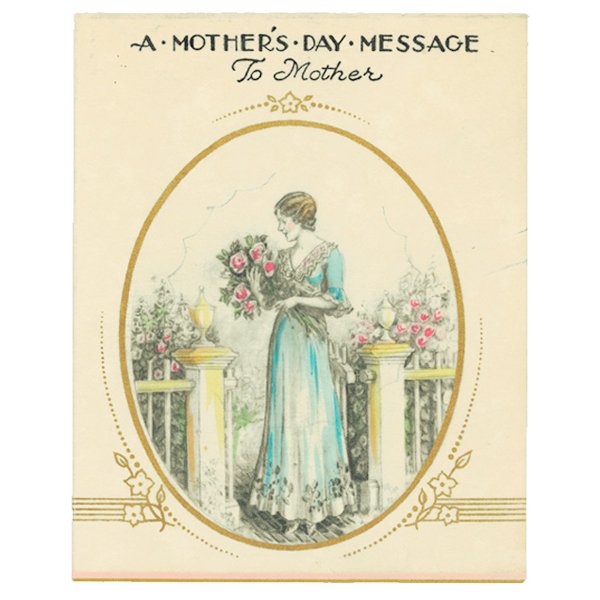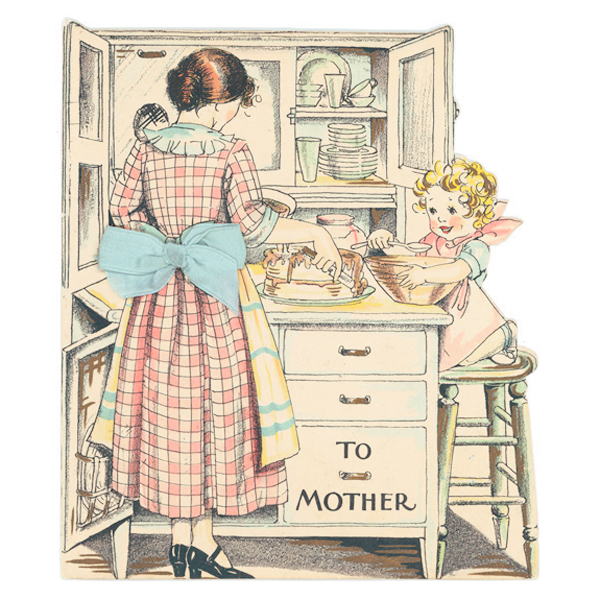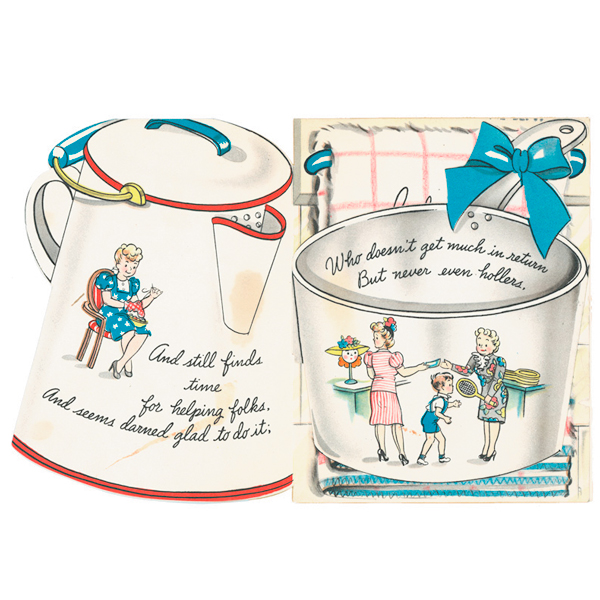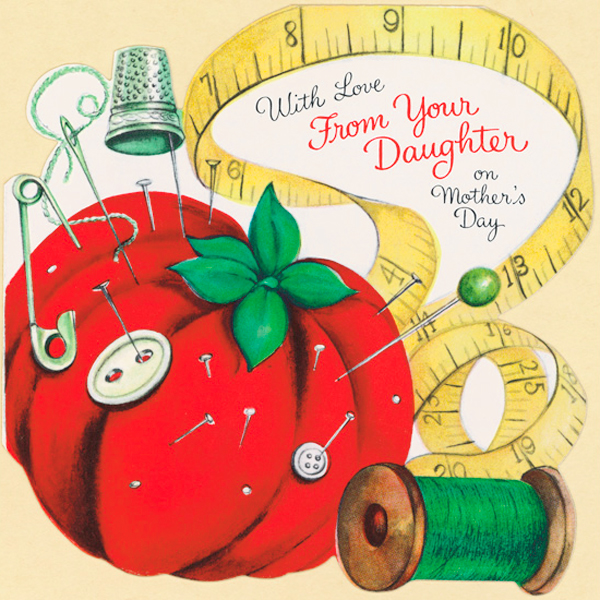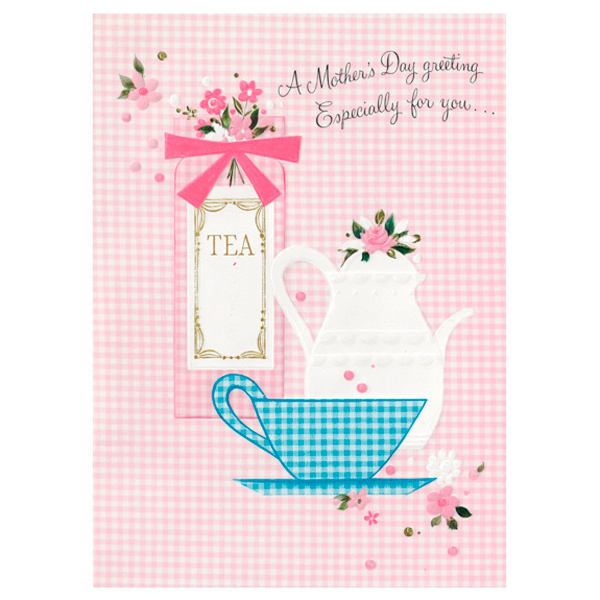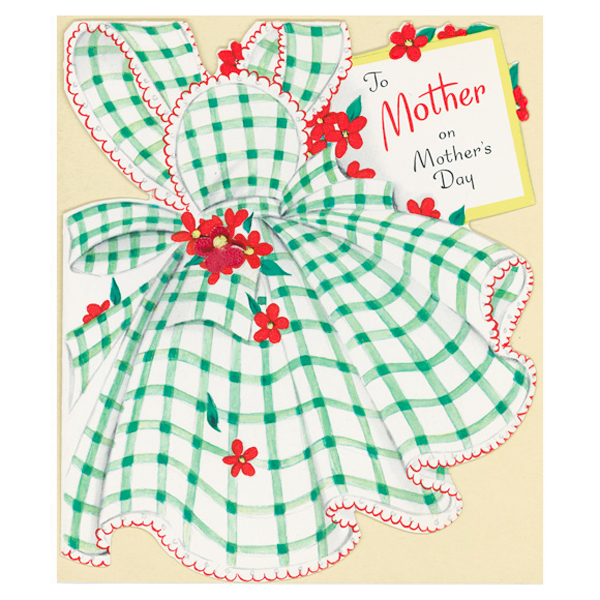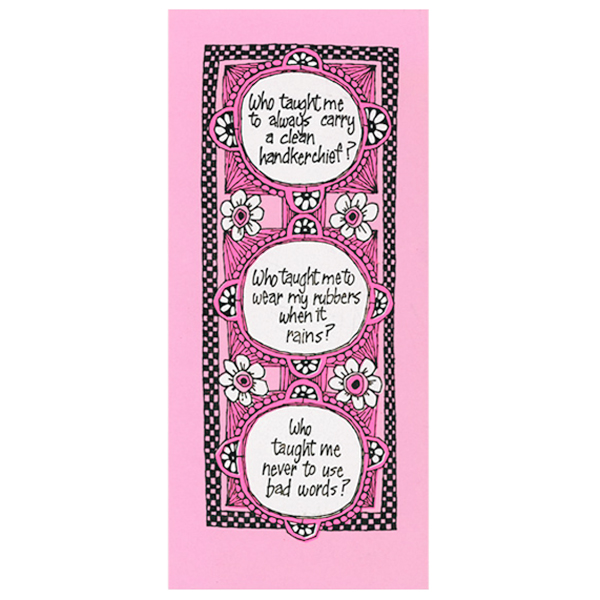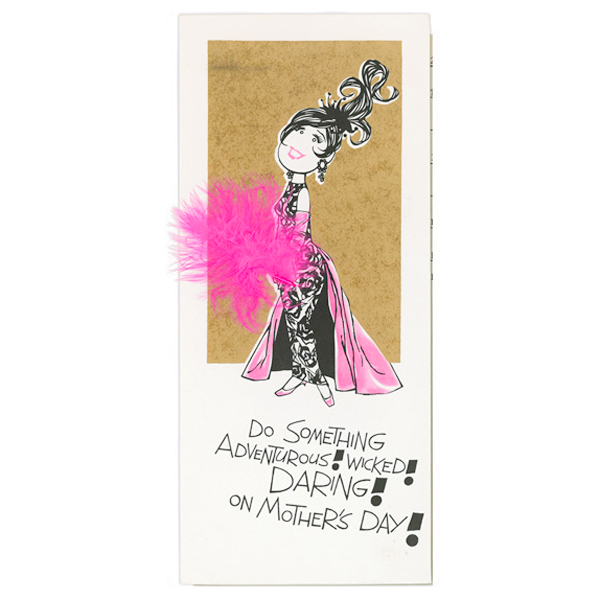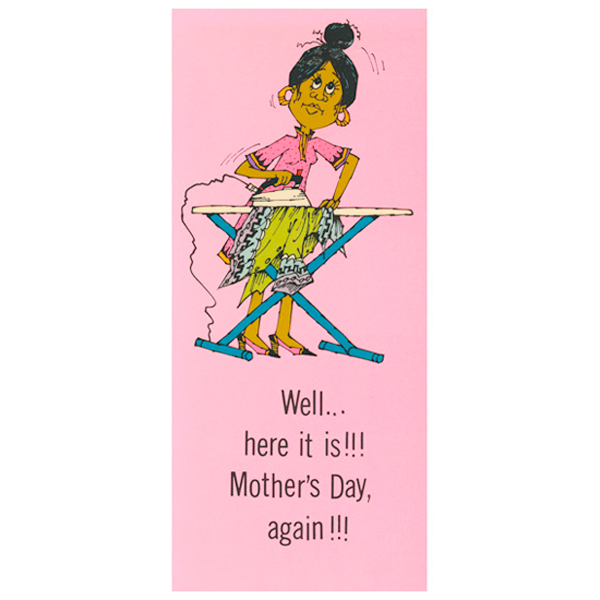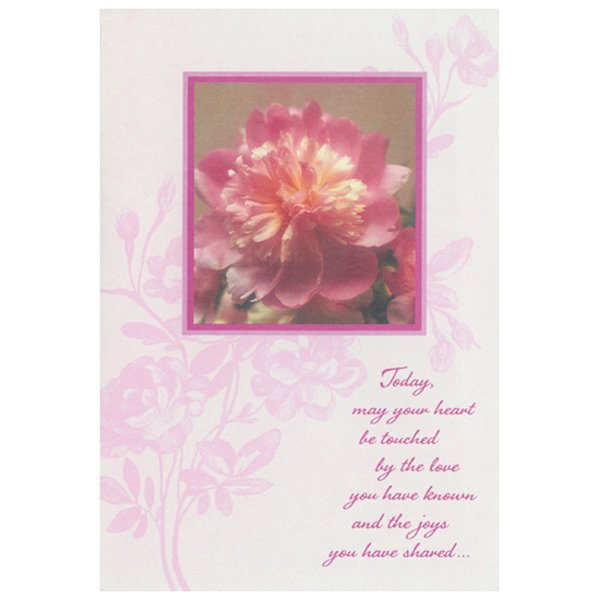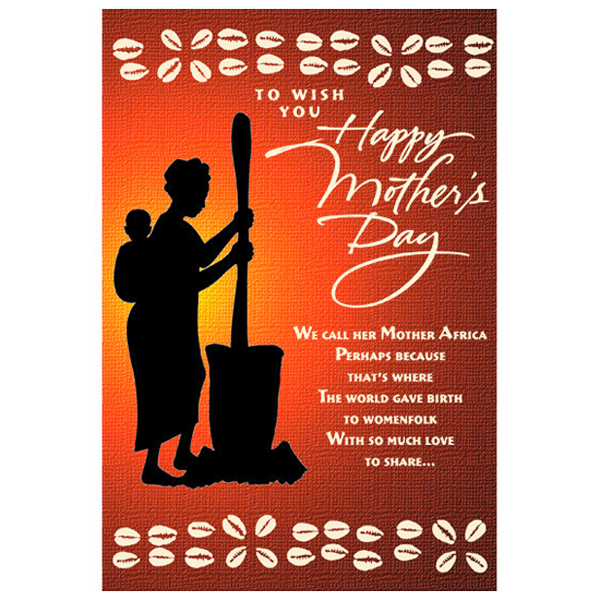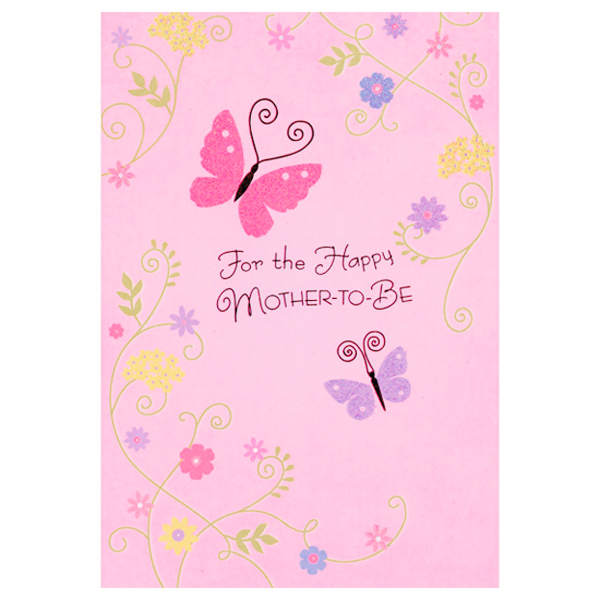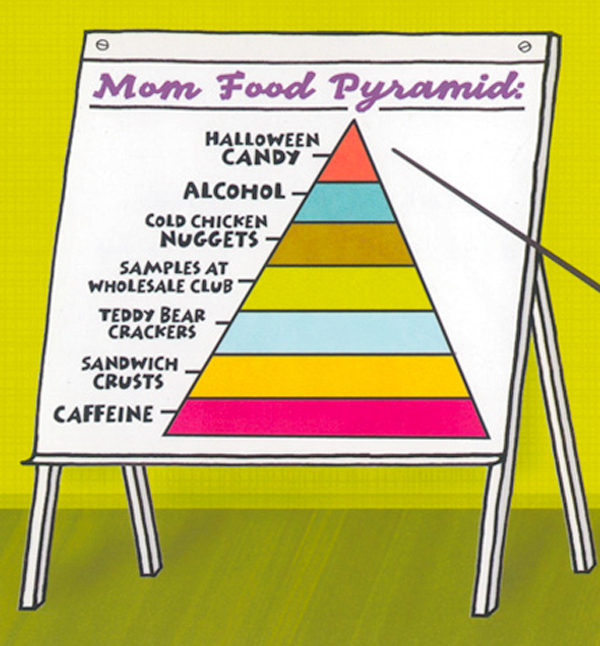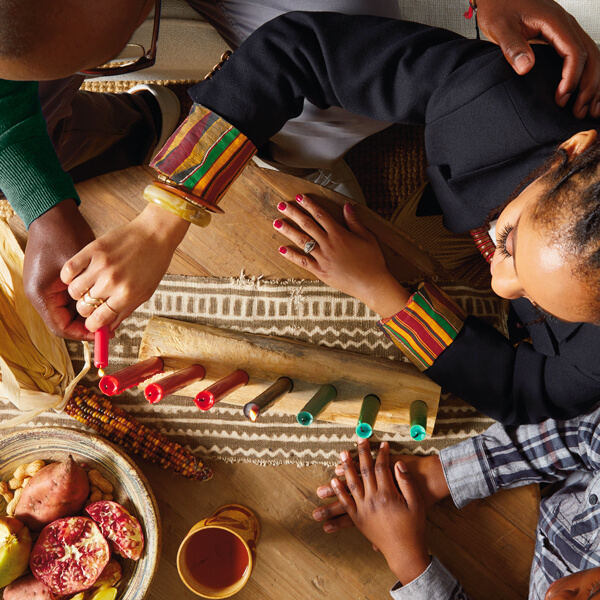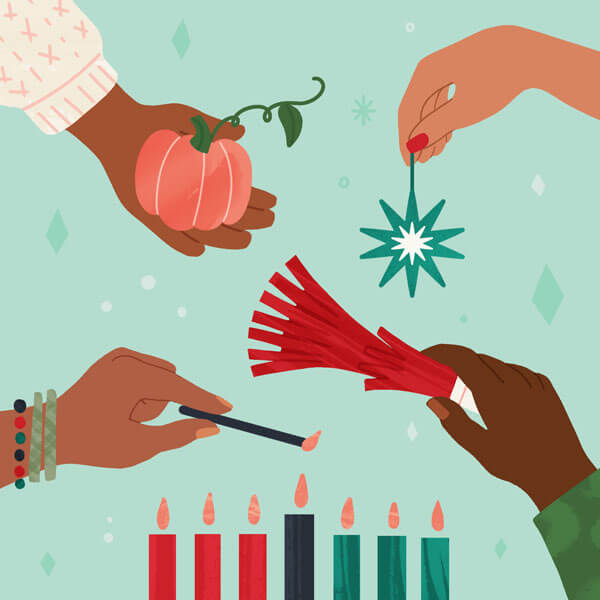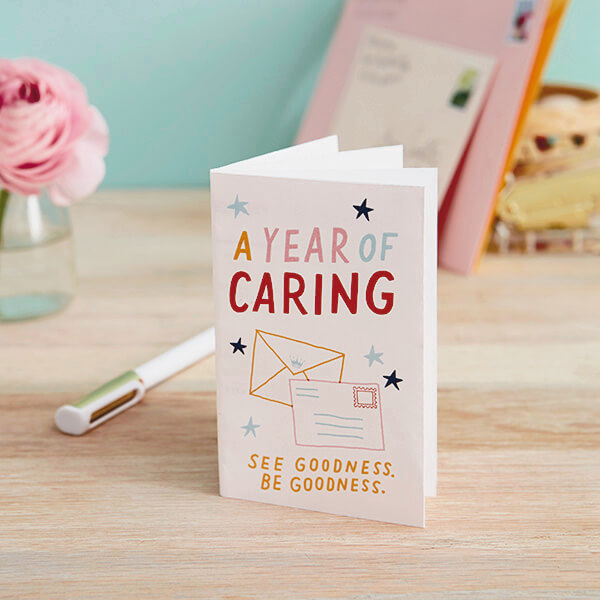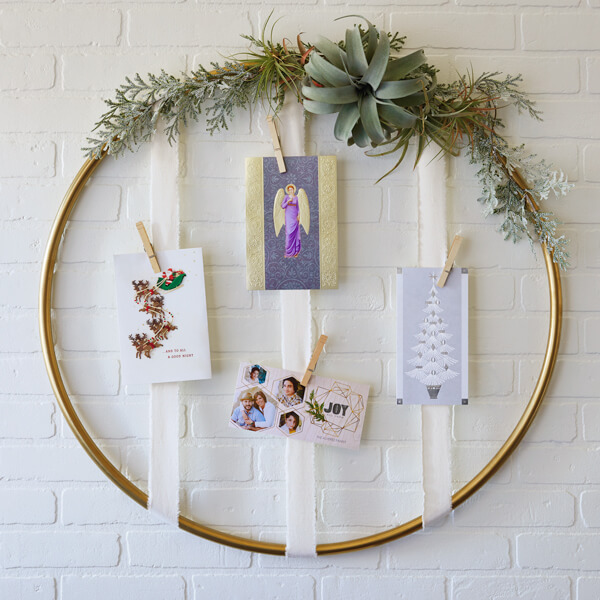The history of Mother’s Day: Fraught beginnings and fun facts

Ah, Mother’s Day. The one day a year we spoil the women who spoil us the other 364.
I think we all can agree Mother’s Day is necessary, important and deserved. But how it came about is debated. The history of Mother’s Day is, much like motherhood itself, not very straightforward. Read on to read why—plus, learn some other interesting Mother’s Day facts.
Inspired? Create and share by tagging @hallmarkstores.
Here in the United States, the official holiday of Mother’s Day is celebrated every second Sunday of May. Its origin is often attributed to the efforts of Anna Jarvis, who wanted to honor her recently passed mother, Ann Reeves Jarvis, in the early 1900s.
Side note: It’s hard to believe that a day to specifically admire mothers is only a little over a century old. Where were the noodle necklaces and dandelion bouquets for moms in the 1800s? And they didn’t even have the help of washing machines, cartoons or juice pouches! I raise my World’s Best Mom mug to you, underappreciated moms of yesteryear.
Interestingly, Miss Jarvis never had children of her own, which may have been a good thing—I’m betting if she did have kids, girlfriend never would’ve had the energy or free time to organize a campaign for a national holiday. She’d be too busy searching for lost shoes to be bothered with petitioning politicians. Because that’s just what she had to do to make Mother’s Day a reality.
In 1908, the West Virginia native began with Mother’s Day celebrations in her church then expanded her efforts by writing letters to newspapers and government officials, asking for Mother’s Day to be officially declared a U.S. holiday.
Her lengthy campaign paid off, and in 1914, President Woodrow Wilson signed a bill that made Mother’s Day official, also establishing that it would be celebrated the second Sunday in May.
(Woodrow’s mama was very proud and hung the decree on her fridge. Probably. I’m guessing.)
A success from the start, Mother’s Day has only grown in popularity in the century since it was founded. Here are a few fun Mother’s Day facts:
- Every year, Americans spend billions of dollars on Mother’s Day. So, pretty close to what a mother spends on diapers in the first two years.
- In general, men spend more and give more gifts on Mother’s Day than women. Note to my husband: Those tulips don’t make up for my stretch marks and leaky bladder, but yeah, I’ll take them.
- Greeting cards are typically the No. 1 gift item purchased for Mother’s Day, followed by flowers and gift cards.
- There are an estimated 2.2 billion mothers around the world as of 2022. Coincidentally, there are also 2.2 billion women in the world right now with laundry that needs folded. Weird.
Hallmark Mother's Day cards through the years
As is often the case with all things motherhood, things soon got messy. Jarvis quickly grew irritated with the commercialization of Mother’s Day—in other words, seeing the day observed with flowers, candy and (gasp!) greeting cards. Her intention had been to keep it intimate between a child and mother, thus she was disappointed. (Man, she’d realllllly hate brunch.)
She initiated many lawsuits against businesses using the term Mother’s Day, spending much of her inheritance on legal fees. In 1925, she interrupted a convention of mothers and was arrested. She later railed against Eleanor Roosevelt for mentioning Mother’s Day in her efforts to raise money for charities connected to maternal and infant mortality.
Another side note: With all due respect, Miss Jarvis, they didn’t even have epidurals or sweatpants back then. Let the moms have their day!
Jarvis eventually lobbied to have her beloved Mother’s Day removed from the U.S. calendar all together. She died in 1948, having never succeeded.
If only she’d had someone to treat her to waffles, massages and a pedicure—maybe even mimosas—on the second Sunday in May, she might’ve been a bigger fan of the way people ended up celebrating it. One wonders.
Though the history of Mother’s Day is interesting and a bit messy—much like childbirth itself—the meaning of the day is as important and valued as ever.
No matter how you celebrate the beloved mothers and women in your life (likely in a way that would totally peeve off Miss Jarvis), do it with love and appreciation.
Want some out-of-the-box ideas for celebrating Mother’s Day that Miss Jarvis may or may not have approved of? We’ve got lots:
Shop Mother's Day
See allYou may also like
See more-
Christmas Sweet dreams, Santa!
Catch Santa napping on the job with this Snoring Santa Keepsake Ornament featuring sound and motion. With every snore...
-
Kwanzaa What is Kwanzaa?
What is Kwanzaa? A festival of lights rich in African symbolism, it takes place each year from December 26th through ...
-
Christmas Advent calendar activities for adventurous families
It’s time to start the countdown. Maybe it’s about being mindful…or counting your blessings…or preempting your kids a...
-
Summer Ways to celebrate Juneteenth
While Juneteenth was officially recognized as a federal holiday in 2021, this pivotal moment in history has been cele...
-
Christmas Christmas and Kwanzaa: Keeping family holiday traditions and finding your own
Whether you’re single or starting a family, religious or agnostic, someone who celebrates Christmas and Kwanzaa or ju...
-
Halloween Make ghosts and goblins feel right at home this Halloween
Light up your home with haunting Halloween seasonal decor. 🎃👻 Shop now at Hallmark Gold Crown stores or at Hallmark.com.
-
Halloween No scaredy cats around here!
When this black cat crosses your path, you know fun can't be far behind. 😻 🧙♀️ Shop the Zip-A-Long Cat in Hallmark G...
-
Halloween While you’re waiting for The Great Pumpkin this Halloween…
Fly around the pumpkin patch with Zip-a-long Snoopy! 🎃 Shop more frightening finds in Hallmark Gold Crown stores and ...
-
Halloween Light up the night with frightful fun!
Could it be? Could it be!? Yes it is! It’s the Peanuts® Snoopy and Woodstock Halloween figurine! 🎃 🐶 Find it and more...
-
Halloween Where cozy meets mischief and magic
Make some magic this Halloween with this Hocus Pocus hooded blanket. 🧙♀️👻Find more Halloween essentials in Hallmark ...
-
Gifting Relive a favorite from your childhood!
Fill your home with a few small joys inspired by Disney’s “It’s a Small World” 🩵🎎 Shop the collection at Hallmark Gol...
-
Halloween Which house will you be sorted into?
The Harry Potter™ Sorting Hat™ Mug plays sound whenever you lift the lid. Find this chatty mug in Hallmark Gold Crown...
-
Encouragement How to support caregivers
It’s often hard to know how to support a caregiver. Most caregiving checklists out there hit the major topics like me...
-
Love 50 different ways to say I love you
You don’t need to wait for a special occasion to remind that certain someone how much he or she is loved. Spice up yo...
-
Graduation 15 graduation quotes
Celebrate your favorite grad’s milestone with the wit and wisdom of Hallmark writers, fans and others. We’ve rounded ...
-
Congratulations How to congratulate someone
Congratulating others is easy and fun, right? Like when your friend worked really hard and got that awesome job makin...
-
Care & Concern Be more caring with a kindness journal
It's obvious the world could use more kindness. So this year, why not make "be more caring" your number one resolutio...
-
Fall Día de Muertos: A celebration of life and love
Día de Muertos, Day of the Dead, is a holiday originally celebrated in the southern and central parts of Mexico and i...
-
Card Ideas Card messages for kids: What to write in a kid’s holiday card and more
My 3-year-old was having a hard time at preschool drop-off. Dragging his feet. Asking to stay home. This went on a fe...
-
Christmas 6 Creative Christmas Card Display Ideas
Holiday card season is here: Our mailboxes are about to fill up with festive envelopes with pretty stamps and familia...

